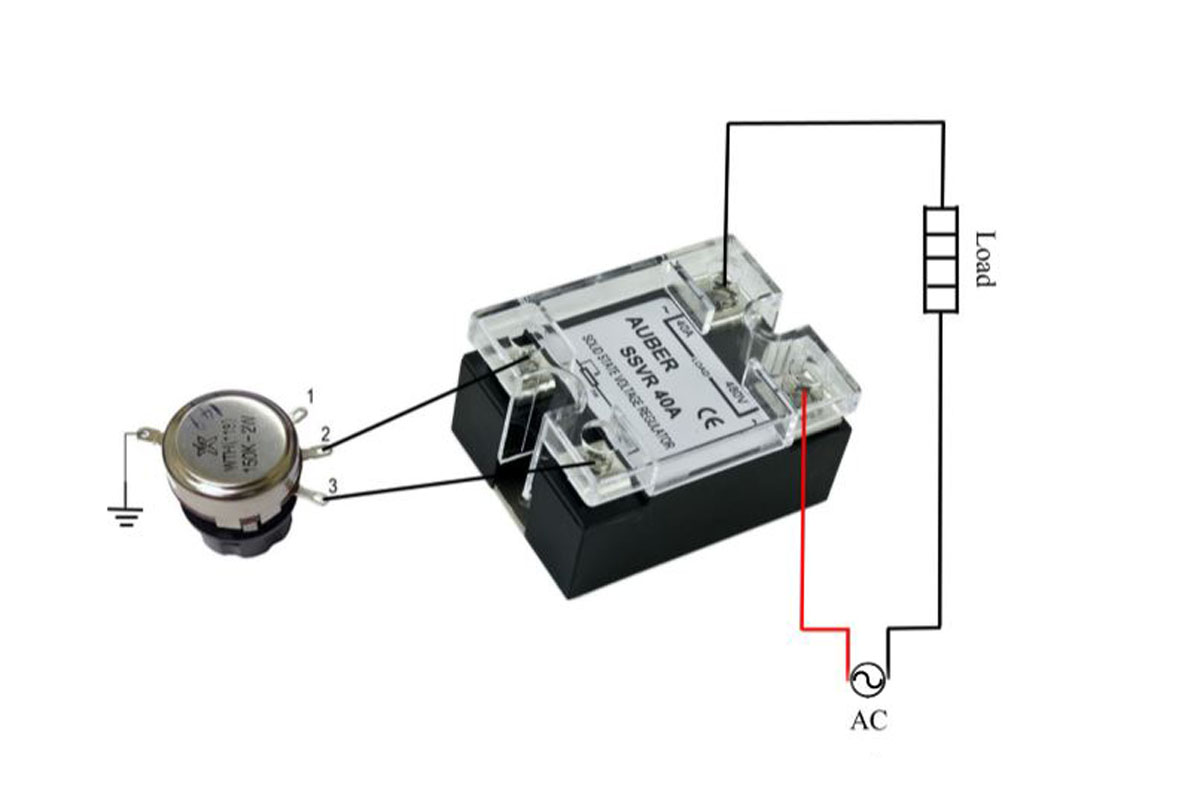lafolielapper
Well-Known Member
wottaguy....could you PM me please. I am going to go home and start going through this whole thing again to make sure I don't fry another switch or meter. I'm kind of confused and hope that pogden would chime in soon to elaborate as to why his build seems to be so different from mine, despite the fact that I'm using the EXACT same parts that he listed in his parts list. I can only assume he is using a 240V contactor, and that he is getting away with having only leg go to the switch because 120V theoretically should not make the contactor close. I'm not completely convinced I shorted the switch, as my fuse is still good following the incident, but I will run a continuity test on it tonight.
I used a 4-wire dryer cord too, and wire capped the neutral wire. My two hot leads went to the contactor main lugs on the input side. From there my red hot lead goes to the fuse and then 13 on the switch. Then 23 and 24 and tied together, and 23 also goes to the coil side of the contactor. the black hot lead on the contacor goes directly to the coil side....any thoughts....ANYONE!?!?
I used a 4-wire dryer cord too, and wire capped the neutral wire. My two hot leads went to the contactor main lugs on the input side. From there my red hot lead goes to the fuse and then 13 on the switch. Then 23 and 24 and tied together, and 23 also goes to the coil side of the contactor. the black hot lead on the contacor goes directly to the coil side....any thoughts....ANYONE!?!?










 ).
).
